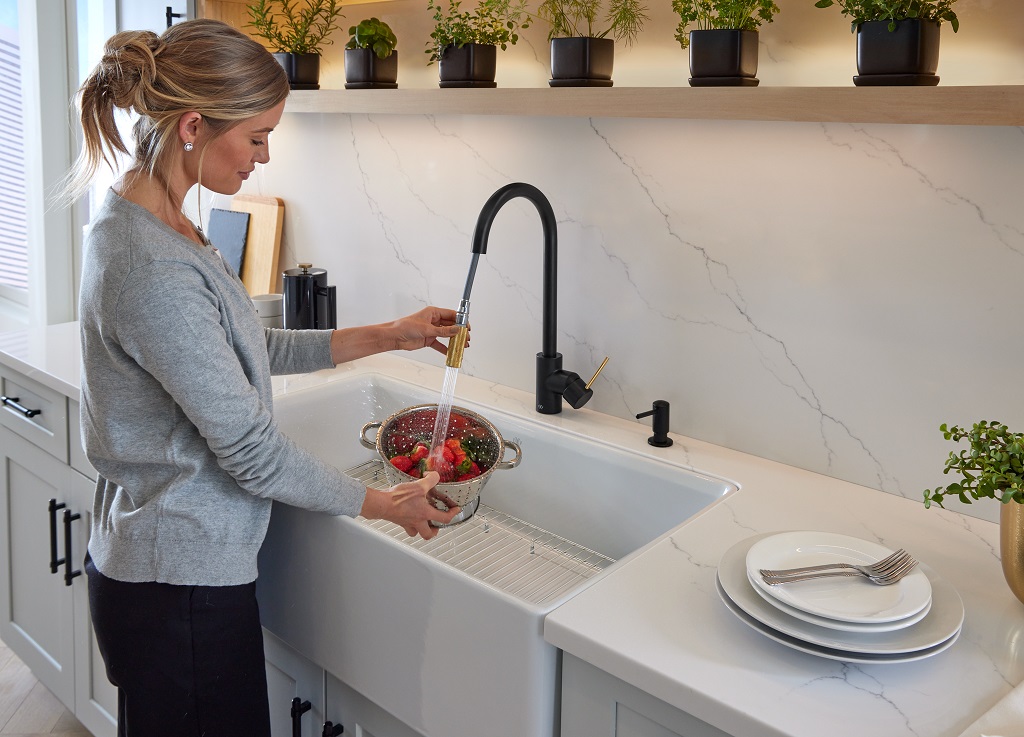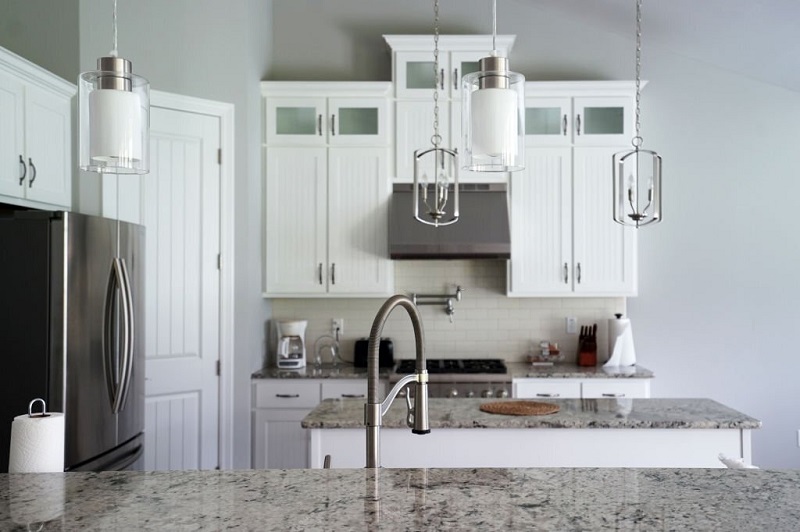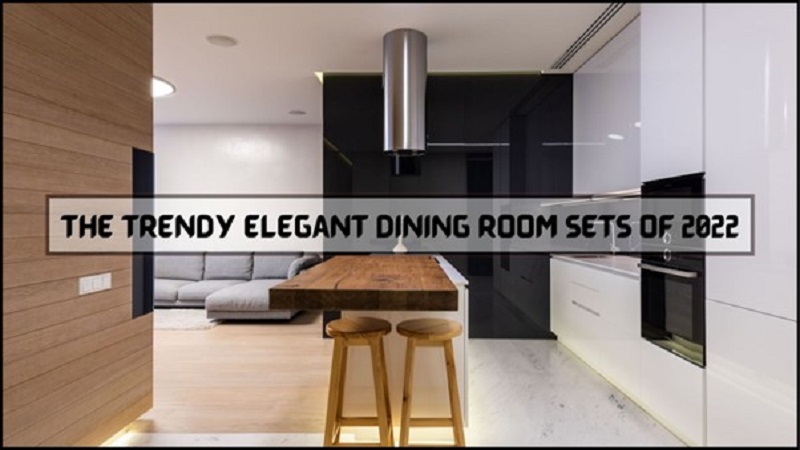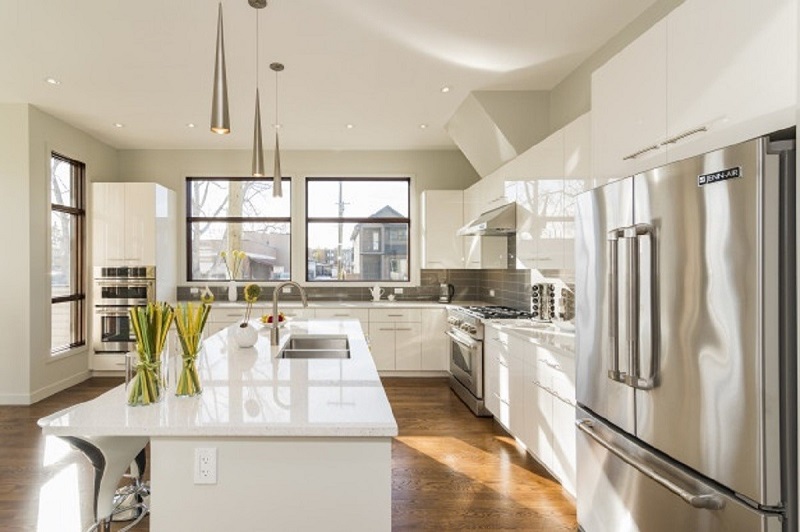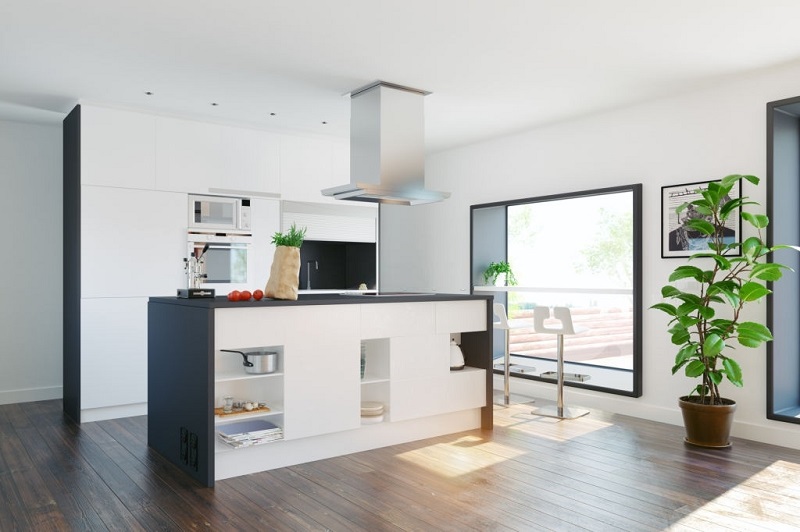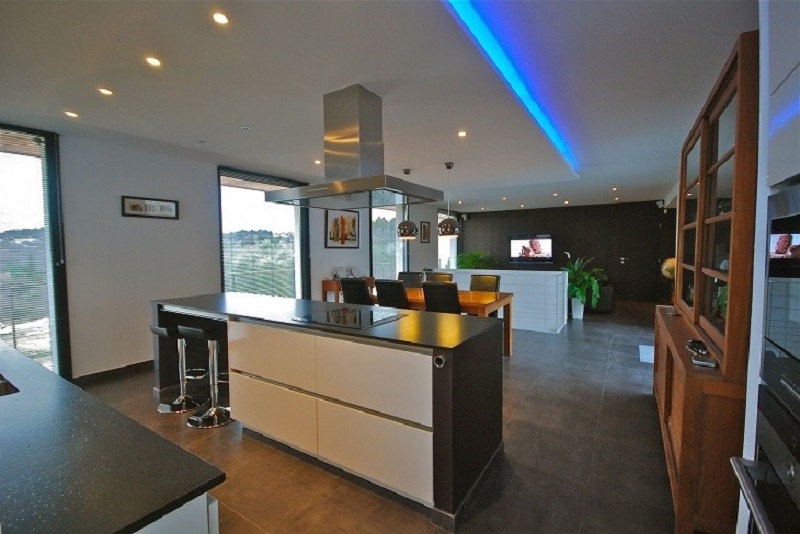
Kitchen Designs – Journey through History
Introduction:
Have you ever taken a moment to ponder about the evolution of the heart of every home – the kitchen? Or do you know why the Victorian era’s design elements are still a favourite in today’s contemporary kitchens? Are you interested in knowing when the hanging pot rack became a popular feature? These fascinating transitions and transformations over time are what we’re about to delve into in this article.
The development of kitchen designs reflects society’s progression and lifestyle changes. Our investigation traces the evolution of kitchen design from the open-hearth cooking of ancient times through the modern sleek, stainless-steel appliances we cherish today. This journey offers a remarkable insight into how our lives, ideologies, and social status have been shaped throughout centuries.
Let’s embark on this transcendental journey to understand better how our kitchens have evolved over time and how each era influenced how we prepare and enjoy food today.
The Primitive Kitchen Design
In ancient times, the kitchen wasn’t a dedicated room per se. Cooking typically happened over an open fire, with only the bare minimum in terms of utensils. Stone-walled hearths meant food preparation and cooking were rustic, if not downright primitive, reflecting the uncomplicated necessities of the time.
The concept of a separate kitchen space didn’t yet exist. Homes were single-room structures, with the hearth serving as the central feature where families converged for warmth, light, and food. Comfort and aesthetics were not factors, as survival was the driving force behind these designs.
As centuries passed, advancements in cooking methods and technology allowed kitchens to become less about utility and more about gathering, fostering the beginnings of our love affair with this integral space.
The Victorian Era Kitchens
In contrast to the simplicity of ancient kitchens, the Victorian era was characterized by ornate designs and sophisticated elements. This was the time when functionality began to couple with aesthetics. Hand-painted tiles, patterned trims, and shaker-style cabinets underscored a noticeable shift in kitchen design.
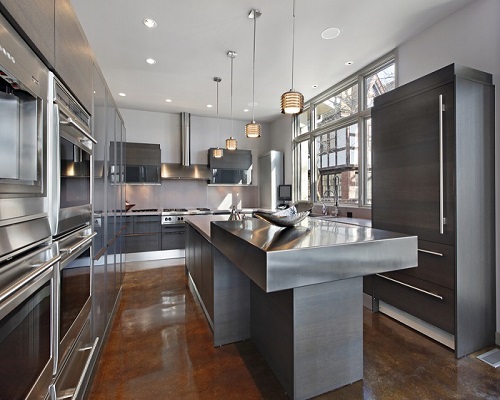
Victorian kitchens were known for their dark, heavy wooden furniture and detailed workmanship. Cooking techniques were improving, allowing families and house staffs alike to prepare more ambitious dishes. This also resulted in more cooking apparatus requiring more substantial storage, leading to the advent of the pantry and scullery.
Despite this being a time of considerable change and expansion in kitchen design, there was still no incorporation of modern comforts namely heating and plumbing, making these kitchens a stark contrast to our modern luxuriously convenient kitchens.
Post-War Minimalism
When we move past the intricacies of the Victorian era, we reach a period of stoic minimalism. The aftermath of the wars saw a need for functional, no-nonsense kitchen designs. The ideal kitchen was utilitarian, with streamlined cabinets and modern, easy-to-clean cooking appliances.
Swing-out corner cabinet shelves and neat under-counter storage became common features reflecting an emphasis on space optimization. Classic subway tile backsplashes and basic linear layouts marked a design departure from the ornate aesthetics of yesteryears.
However, amidst economical rebuild, post-war designers were also sowing the seeds for the versatile, innovative kitchen structures that would become significant in subsequent years.
Mid-Century Modern
Mid-century modern kitchens brought a new approach to design. It was all about creating an open, airy space with a strong connection to nature. Large windows, open plans, and bright colours captured the spirit of optimism that defined the era.
In terms of functionality, spaces were designed around the ‘work triangle’ concept – these first ergonomic kitchens focused on the placement of stove, sink, and refrigerator to maximize efficiency. With form and function finding their harmony, the kitchen started becoming a warm, welcoming space for family and friends.
Iconic mid-century designs include breakfast nooks and innovative use of materials such as melamine and Formica. These materials, unfamiliar and futuristic at the time, reflected the era’s fascination with technology and progress.
Contemporary Kitchens
Today, our kitchens represent the pinnacle of functionality, comfort, and aesthetics. Contemporary kitchens are designed to harmoniously integrate with the rest of the home, with open-plan spaces now the norm. High-tech appliances, ample storage, and customizable workspaces are also integral features.
Sleek surfaces, minimalist cabinetry, and subdued colour schemes are hallmarks of modern kitchen design. Also prevalent are sustainable materials and climate-conscious features, demonstrating a strong societal commitment to protecting the environment.
Despite their tech-savviness, today’s kitchens also emphasize warmth and a welcoming aura, reflecting a desire for a hub that suits both socializing and cooking. Cooking islands, breakfast bars, and cozy dining nooks are predominant, reflecting how our kitchens have evolved into a place of gathering, creation, and enjoyment over centuries.
Conclusion:
Looking back at the evolution of kitchen designs offers a fascinating journey through history. It reflects how concepts and necessities have been transformed – from survival in the primitive kitchen, to opulence in the Victorian era, to functionality post-war, onto the playful experimentation of mid-century design, and finally to our present-day fusion of functionality, aesthetics, and sustainability.
Each era has enriched the culinary canvas with elements that have persisted through the years, adapted to fit into our current lifestyles. On this note, it’s exciting to question: in years to come, how will our kitchens further evolve? What technologies will be incorporated, and how will we continue to blend the concepts of utility and aesthetics? As the evolution continues, the possibilities are indeed endless. So, continue to revisit the past in shaping your kitchen of the future, adapting the successful elements of each period, and creating a space that tells your own unique story through design.

